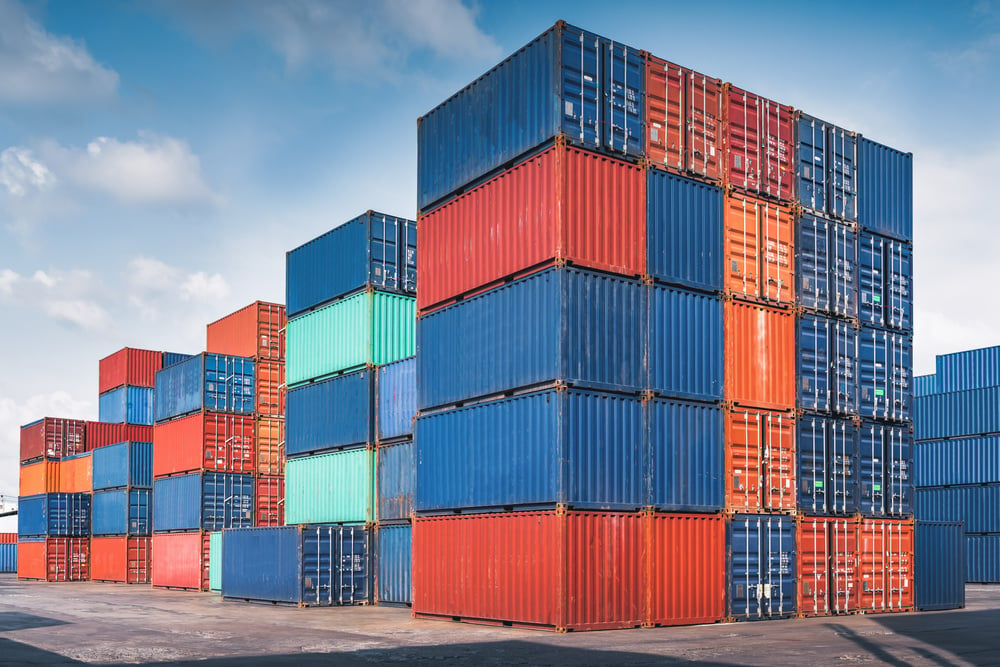
As Expected, 2025 Is Off to an Eventful Start for Supply Chains
Supply chains are starting to feel the strain from a busy and dynamic start to 2025. Global container port congestion has reached a three-month high due to the Chinese industrial rush to get goods out before the new year break and the fear of US import duties.
Ports in Asia, Europe, and North America hold up almost 3.3 million teu, or almost 11% of the container shipping fleet. The Pearl River Delta ports and the Yangtze River ports both saw a notable increase in gate and berth congestion in the lead-up to the holidays, according to the consultant. Heavy demand to avoid possible US taxes on Chinese goods has made the pre-Christmas cargo crunch worse, and carriers are rushing to create cargo roll pools before the holiday slowdown.
The transition to the new container shipping alliances on February 1st will be disrupted by China's congestion. This will provide mainline operators some breathing room as they prepare for underutilization following the commencement of Chinese New Year tomorrow.
The southern port of Yantian, which handles 25% of China's exports to the US and one-third of Guangdong's international trade, increased its daily container handling cap by 15% to 15,000 units over the last eight days, it announced last week.
Yantian's container volumes rose by over 7% annually to a record 17.37 million teu in 2024, coinciding with a 15% increase in neighboring Shenzhen's exports to a new all-time high of CNY2.81 trillion ($384.93 billion).
Ships traveling to and from the US east coast and northern Europe have been delayed by severe weather that has affected vessel movements along the US Atlantic coast and across the English Channel. With weather warnings continuing this week, UK ports were particularly impacted, with Felixstowe, Southampton, and London Gateway all having to close. Operations have also been slowed by workers who have begun to take industrial action at ECT Rotterdam and at French ports.
It's still unclear how taxes on Chinese shipments into the US will be applied. Donald Trump discussed imposing a 60% tariff on Chinese imports shortly after winning the election in November. However, President Trump stated that a 10% tariff might be implemented starting on February 1st, but as since backtracked on that. At the same time, China's Ministry of Commerce is calling for communication and collaboration to settle disputes between the two nations.
